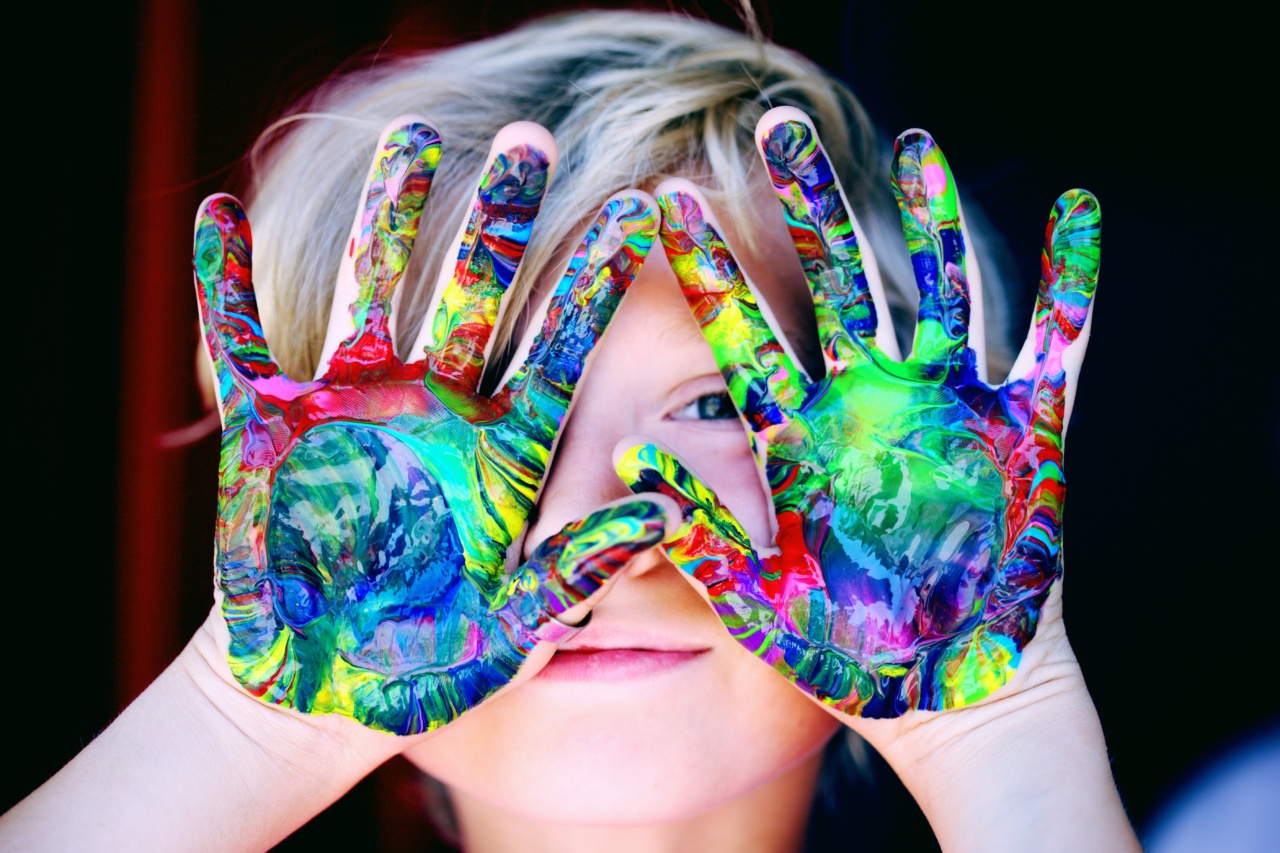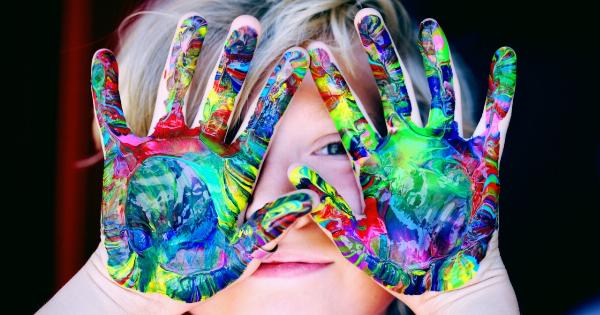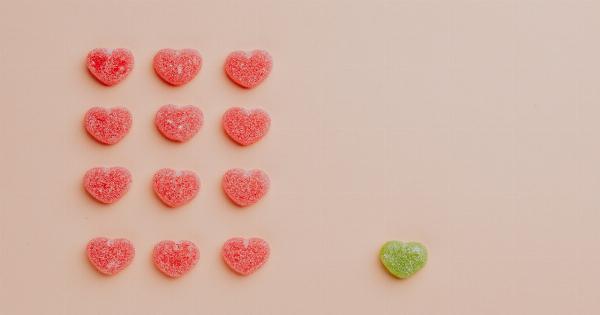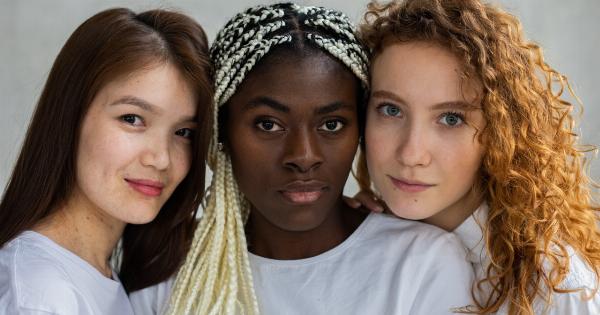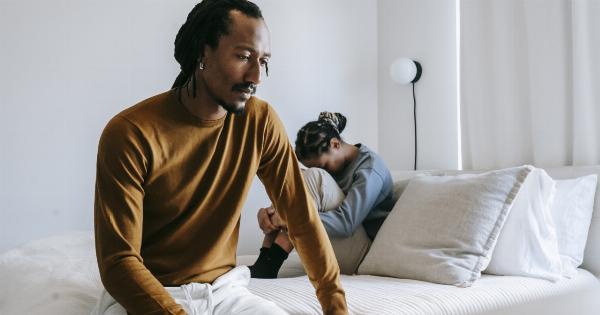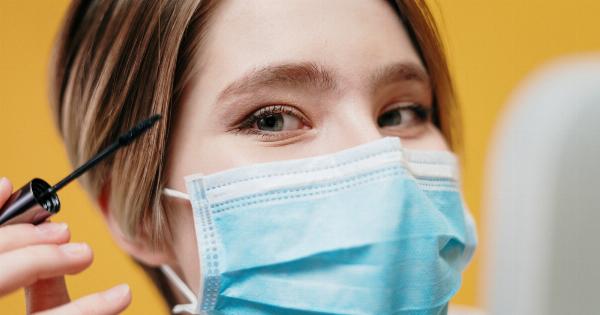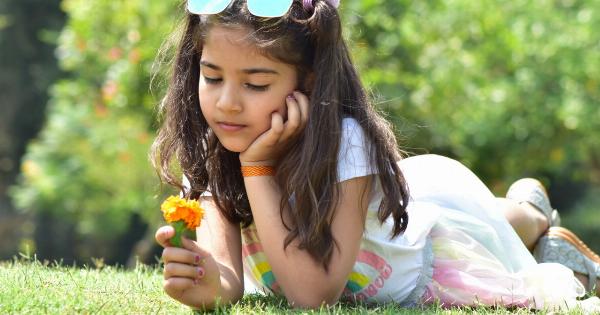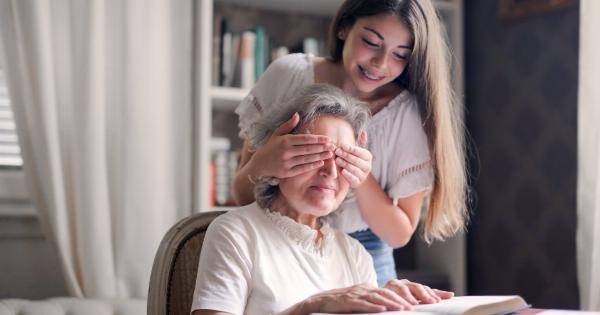Colors have a profound impact on the human psychology, and this effect is particularly pronounced in children.
Research has shown that different colors can evoke distinct emotions and behaviors, making it essential to understand how colors influence the psychology of children. By harnessing the power of colors, parents, educators, and caretakers can create environments that support positive emotions and facilitate effective learning.
This article explores the psychological impact of colors on children and provides insights into how to optimize their surroundings to promote healthy development.
The significance of color psychology in children’s development
Color psychology encompasses the study of how colors affect human emotions, behavior, and overall well-being. In the case of children, who are still developing their cognitive and emotional abilities, the impact of colors becomes even more significant.
Colors can stimulate sensory perception, affect mood, enhance creativity, and even influence educational outcomes. Therefore, understanding and utilizing color psychology can have a profound impact on children’s development and overall psychological well-being.
The effect of warm colors on children’s psychology
Warm colors, such as red, yellow, and orange, are known for their energizing and stimulating effects. These colors tend to evoke emotions such as happiness, enthusiasm, and excitement.
When used appropriately, warm colors can create an atmosphere of fun and playfulness. However, an excessive use of warm colors can lead to restlessness and agitation in children, potentially hindering their ability to focus and concentrate.
The influence of cool colors on children’s psychology
Cool colors, such as blue, green, and purple, have a calming and soothing effect on children. These colors are associated with feelings of relaxation, tranquility, and serenity.
Cool colors can help children unwind, relieve stress, and promote a sense of balance. They are particularly beneficial in areas designated for rest, relaxation, and concentration, such as bedrooms, reading corners, and study areas.
The psychological impact of neutral colors on children
Neutral colors, including white, gray, and beige, create a sense of stability and balance. They are often used as a base color in interior design to complement other vibrant hues.
Neutral colors can provide a calm backdrop that prevents overstimulation in children. However, it is important to strike a balance and introduce pops of color to avoid an environment that feels stark or dull.
The connection between colors and learning
Colors play a vital role in enhancing cognitive abilities and learning outcomes in children. Research suggests that certain colors can stimulate specific mental processes, aiding memory retention, information processing, and focus.
For instance, the color blue is associated with improved concentration and attention span, making it suitable for study areas and classrooms. On the other hand, the color yellow is linked to creativity and imagination, making it an excellent choice for art spaces and playrooms.
The importance of age-appropriate color choices
Age-appropriate color choices are crucial for creating an environment that fosters children’s development. The color preferences and responses of children change as they grow, and it is important to adapt the surroundings accordingly.
For example, while infants are drawn to high-contrast colors, older children may prefer more subtle shades. By considering the developmental stage of a child, caregivers can choose colors that positively impact their emotional well-being and support their cognitive growth.
The psychological impact of cultural influences on color
It is important to note that the psychological impact of colors can vary across different cultures. Colors can carry cultural meanings and associations that influence a child’s response to particular hues.
For instance, while white may symbolize purity and innocence in one culture, it might represent mourning or death in another. When designing environments for children from diverse cultural backgrounds, it is essential to be mindful of these nuances and respect the cultural significance of colors.
Creating an optimal color environment for children
When creating an optimal color environment for children, it is essential to consider their specific needs, preferences, and developmental stage. Here are some tips to promote a positive psychological impact through colors:.
1. Use a variety of colors
Introduce a wide range of colors in children’s surroundings to stimulate various emotions and foster creativity. Incorporate warm, cool, and neutral colors in different areas of the living space or classroom to create a balanced environment.
2. Consider age-appropriate choices
Adapt the color choices based on the age and developmental stage of the child. Younger children may benefit from brighter, bolder colors, while older children may prefer more subdued shades.
Engage children in the color selection process to make them feel empowered and involved.
3. Pay attention to lighting
Lighting can significantly impact the perception of colors. Natural light is ideal, as it allows colors to appear truest. Ensure that the room has sufficient lighting to avoid dull or washed-out color effects.
4. Create themed areas
Use color themes to create designated areas for different activities, such as reading corners, art spaces, and play areas. This helps create a distinct environment that promotes specific behaviors and enhances the overall experience.
5. Balance vibrant and calming colors
Strike a balance between vibrant and calming colors. Use vibrant colors in areas meant for play and creativity, while incorporating calming colors in spaces designated for relaxation, concentration, and rest.
6. Pay attention to individual preferences
Every child has unique preferences and responses to colors. Pay attention to individual differences and consider incorporating personal color choices in their immediate surroundings, such as bedding, artwork, or decorative elements.
Conclusion
Colors play a significant role in shaping the psychology of children.
By understanding the psychological impact of different colors, caregivers can create environments that support positive emotions, enhance learning outcomes, and foster overall psychological well-being. By leveraging the power of colors, parents, educators, and caretakers can create spaces that contribute to the healthy development of children.
